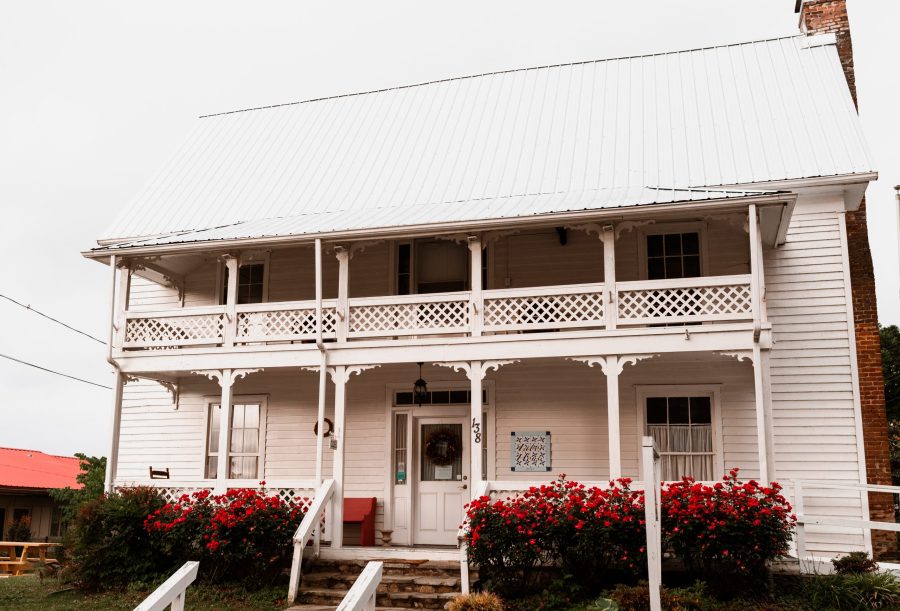Historic Preservation
Architectural review or design guidelines
are an important component of any community’s image and should be intended to encourage orderly, creative and compatible development and redesign within the city. The following guidelines are tailored for use within the City of Ellijay (and are intended as guidelines only.)
The 1870 Restored Tabor Home Plantation houses The Gilmer County History Museum featuring Cherokee, Civil War and mountain living history in the 18th Century. Free admission.
Volunteer Meetings
Meets every 2nd Monday of the Month at 6 pm
Board Members
Thomas Griffith, Iris Davis, Teri Owen, Tom Cox, and Carol Dil.
The objectives or mission of the Design Guidelines include
• Preserving the historic integrity of the City
• Protecting public and private investments
• Helping to maintain the “sense of place” that distinguishes Ellijay and its environment
• Promoting sensitive, compatible and appropriate renovations and new development to contribute to an existing well-established architectural heritage

ECONOMIC BENEFITS OF DESIGN GUIDELINES
A study by the University of Georgia demonstrated that historic preservation in cities was “good business”. It concluded that a city’s historic preservation ethic has a quantifiable economic and fiscal impact on a community, contributing financially as well as aesthetically to the overall downtown area.
Property values increase in those communities that invest in the preservation of their heritage and image as much as 80 percent in some cases.
DESIGNATED HISTORIC DISTRICT DEFINED
The area affected by these guidelines will be defined as follows: all commercial, residential and industrial buildings within the designated Historic District as defined by the official map (see Appendix A: HPC Map #6).
